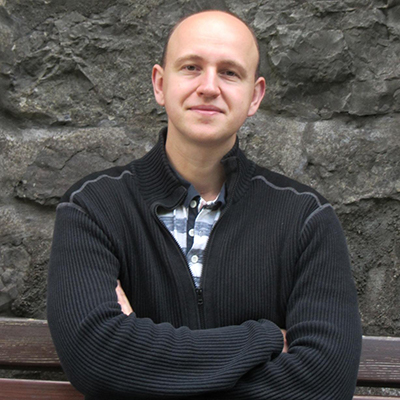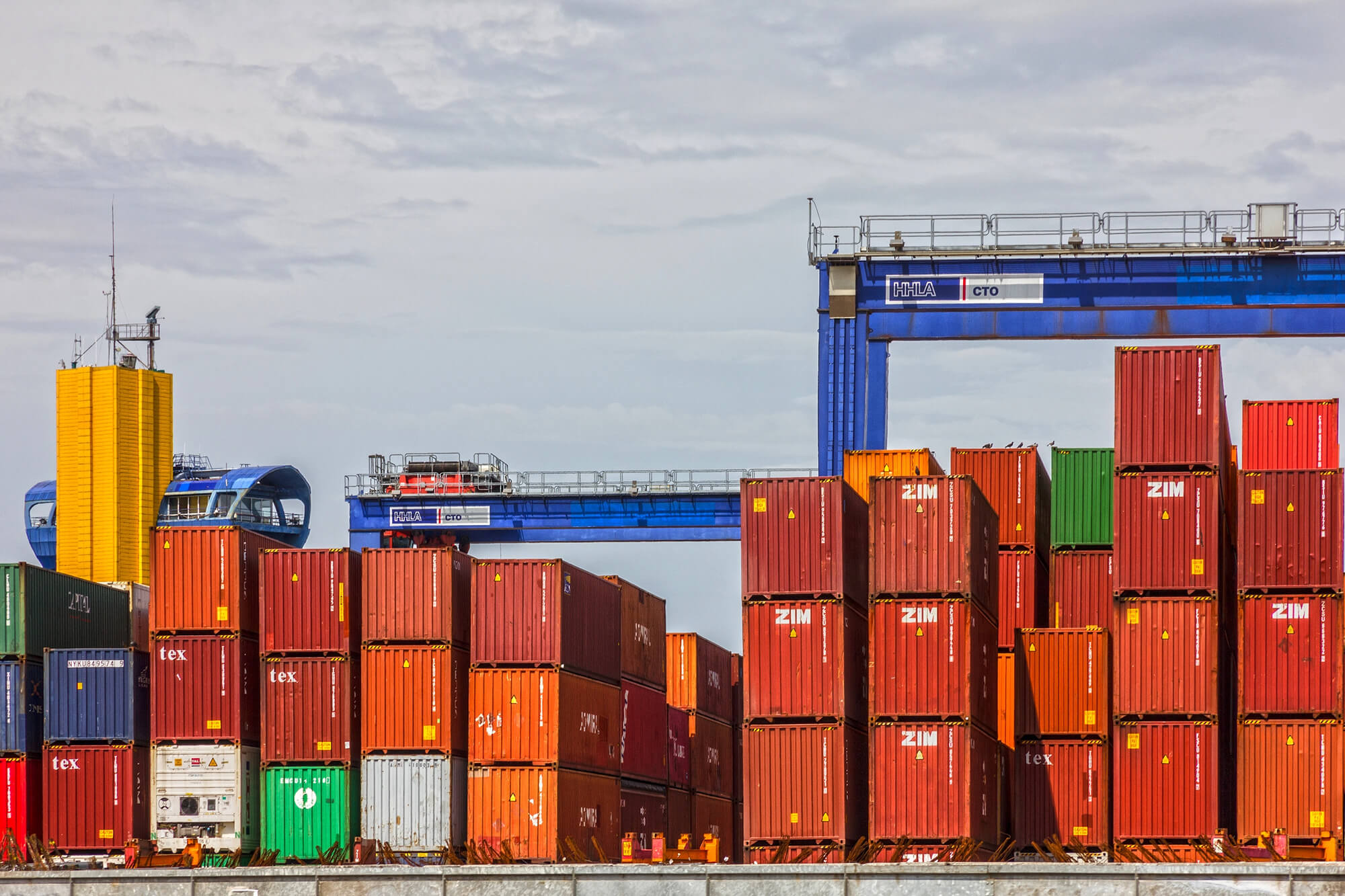In a book recently published by German ibidem-Verlag as part of the SPPS series edited by Andreas Umland, Oksana Huss, a research fellow at Bologna University, looks at the role that corruption and anti-corruption policies have played in Ukrainian politics.
She shows how corruption became the glue that held the whole political system together during the presidencies of Leonid Kuchma, Viktor Yushchenko and Viktor Yanukovych and resisted any attempts at reform.
Corruption in Ukraine’s hybrid regime
Huss starts by defining Ukraine as a hybrid political regime where “incumbents are often not able to achieve their goals through formal democratic institutions” and employ informal mechanisms of control and coercion.
She argues that considerable legal inconsistencies, which were introduced deliberately, exist at “four stages of the political process—building political parties; elections; the separation of powers according to a system of checks and balances; and policy implementation”. They make sure that corruption is the only way to operate politically.
In contrast to how many Western observers see it, corruption is not simply a violation of formal rules of the game in Ukraine. Here corruption is the game itself. It is not just a goal but also a means to maintain political domination on the uneven playing field. In hybrid regimes, such as Ukraine, everyone who ignores its rules “loses the game”. A victory of opposition usually leads to a mere rearrangement of elites while the core informal institutions remain stable.
Huss notes that discussions of corruption often put too much emphasis on measuring its levels. She argues that it is important to understand the different mechanisms and implications of the system of corruption, which includes a range of elements and tools such as patronage, clientelism or nepotism.
Drawing on a range of open sources and interviews with Ukrainian experts, Huss shows in detail the different ways the three presidents (Leonid Kuchma, Viktor Yushchenko and Viktor Yanukovych) used a range of corrupt practices to fight for political domination. She uses and further develops a typology of systems of corruption to show how Ukraine oscillated between the decentralized system (at the beginning of each president’s turn) and the centralized (Kuchma) and monopolized (Yanukovych) ones.
For instance, Kuchma focused on co-opting all important regional clans by trading access to state resources for political support and playing each group against others. He used “kompromat” and blackmail to keep potential opponents at bay. He did not monopolize political power but did ensure that he was in control and that other powerful figures saw him as indispensable.
Yushchenko lacked the formal powers of his predecessor. Still, he applied clientelism and patronage, as well as an exchange of material favors, such as the unlawful privatization of state property, to reward his “dear friends” and temporary allies for financial and political support. However, Yushchenko failed to reach a truly dominant position. His conflict-centered tactics eroded trust and predictability among political and economic actors.
This made it easier for Yanukovych to use the clientelistic networks under the umbrella of the Party of Regions. After concentrating formal political power in his hands, he moved to sideline some of his allies, restrict access to the spoils of government to his close circle, known as “Family”, and engage in blatant self-enrichment.
Anti-corruption efforts as the other side of the “corruption” coin
The author notes that, given how important corruption actually is in Ukrainian politics, it may come as a surprise that the issue of corruption has been in the limelight in successive electoral campaigns.
Huss explains this by pointing out that anti-corruption efforts and rethorics have themselves become a tool used by politicians. Competing politicians assign different meanings to the vague term “corruption” in such a way as to maximize their power. Anti-corruption policy legitimizes control and punishment against those whom the dominant politicians define as corrupt.
For instance, Kuchma pictured himself as a principal who punished bureaucrats for taking bribes, while overlooking other forms of corruption that the president himself used extensively. Kuchma’s anti-corruption policy provided him with the tools for surveillance and selective prosecution of his opponents.
Yushchenko was able to build an image of a “different” politician and distance himself from Kuchma’s regime as a leader of the opposition. Yet eventually he became a victim of his own corruption discourse. In his rhetorics, Yushchenko focused on denouncing pervasive high-level political corruption. He repeatedly framed his political opponents as corrupt to cut them off from political resources but then welcomed them back as allies again and again.
This helped make politics become equivalent to corruption in public discourse and paved the way for the comeback of Yanukovych. Yanukovych argued that the country needed a strong leader who would replace a “corrupt” and “chaotic” democracy with order.
From punishment and control to institution building and supporting growth
The book, published in 2020, does not directly discuss the presidencies of Volodymyr Zelensky and Petro Poroshenko. Yet the conclusions and recommendations that Huss makes remain as relevant today as ever.
Huss argues that no meaningful anti-corruption effort can come from within the system. Political elites see them as a threat and block them. Some anti-corruption laws may be adopted under external pressure, yet their implementation is bound to remain toothless. Recent blows to anti-corruption efforts in Ukraine seem to confirm this view.
According to Huss, it would be best to aim pressure and resources at the input side of the system. This includes reforming the rules of political competition (e.g. banning political advertising), strengthening grassroot movements that can grow into independent political parties, and supporting the associations of small and medium businesses that together can sideline oligarchs.
The author argues for the shift from the predominant emphasis on destruction and conflict (“fight” against corruption, deoligarchization, punishment and control) to the creation of such rules that would make corruption unnecessary. The public discourse that equates politics and corruption is demotivating and should be disrupted.
Yet, as the author admits, the question, “under what conditions is bottom-up resistance against a system of corruption possible, if corruption is a societal norm”, remains open to further research.
Fortunately, all previous attempts by politicians to completely dominate the system of corruption have so far failed. Ukraine’s decentralized system of corruption may still be transformed into a democracy.
Concluding remarks
Based on the author’s PhD thesis, the book uses a variety of political science concepts and employs a rigorous, step-by-step approach to develop its argument. It helps that the main building blocks of the argument are neatly summarized in tables throughout the book. To fully understand it, it is necessary to get the basic grasp of some terms presented in the theory section.
However, the chapters on the types of corruption or about corruption tactics that individual presidents employed can well be read on their own. The chapter on corruption is extremely helpful as it shows the rich array of the forms that corruption may take. The empirical section is rich in detail and can lead to a rethink of how we perceive the three presidents.
Overall, Oksana Huss’s book on the interplay between corruption and the outcomes of political struggle in Ukraine is well-argued and informative. Based on an original approach, it provides the encompassing view on how strategies of corruption and anti-corruption policy used by three Ukrainian presidents, Leonid Kuchma, Viktor Yushchenko and Viktor Yanukovych, became the driving force in Ukrainian politics. The book would be of interest to scholars, as well as to all those who are interested in recent political history of Ukraine and the future of anti-corruption efforts in the country.
Oksana Huss. How Corruption and Anti-Corruption Policies Sustain Hybrid Regimes. Strategies of Political Domination Under Ukraine’s Presidents in 1994–2014 / Stuttgart: ibidem-Verlag, 2020 – 406 p.
Attention
The author doesn`t work for, consult to, own shares in or receive funding from any company or organization that would benefit from this article, and have no relevant affiliations



